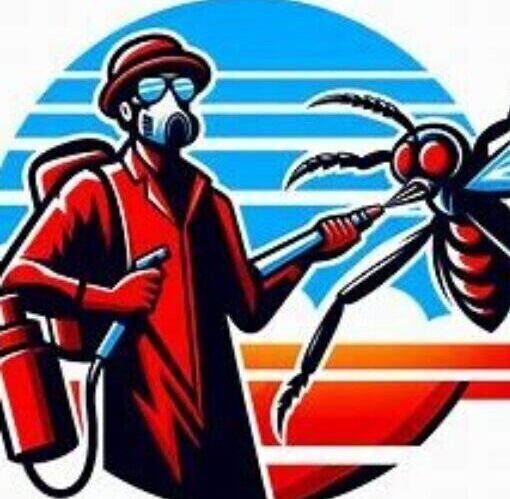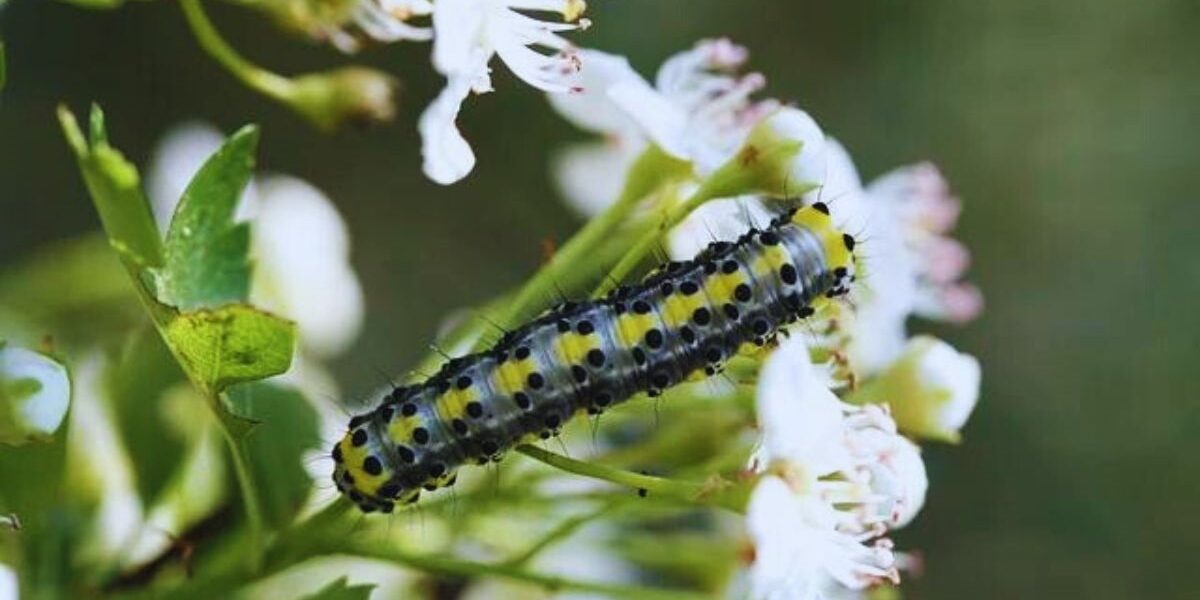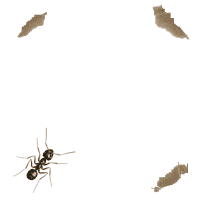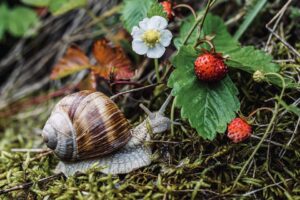Bacillus Thuringiensis Pesticide
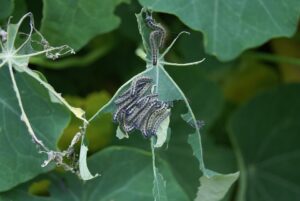
Is Bacillus thuringienis Toxic ?
Bacillus Thuringienis is considered to be non-toxic to humans, animals, and plants.
Host Insects
Some of the insects that are targeted by B.t. are cabbage loppers, tent caterpillars, moths, tomatoes, hornworms, gypsy, beetles, black flies, mosquitoes, etc…
What Pests does B.t. control?
Bacillus thuringienis is most effective against the immature stages or larvae of insects but not the adult stages. There are many strains of B.t., and each is most effective against certain insect pests. Some of the strains are as follows.
- B.t. var ‘tenebrionis’ – larvae of elm leaf beetle.
- B.t. var ‘israelensis’ – black flies, and other flies., larvae of mosquitoes.
- B.t. var ‘kurstaki’ – many species of caterpillars.
- B.t. var ‘San Diego’ – larvae of elm leaf beetle.
- B.t. var ‘aizawa’ – to control larvae of wax moths and other moth species.
How to Apply Bacillus thuringienis?
- Choose the right product, i.e. the proper strain, of B.t. for the insect to be controlled.
- Avoid water that has a high pH when mixing B.t. sprays because water with a high pH will reduce the effectiveness of B.t.
- B.t. spray must be used within 12 hours of mixing.
- Applications should be timed to correspond with the most vulnerable life stage of insect pests.
- Applying a spreader/sticker to the tank mix improves the effectiveness. Spray application should be applied if heavy rainfall occurs within 8 hours after the spray is applied.
What are the Advantages of B.t.?
- Harmless to humans and other mammals.
- Potent effects targeted insects quickly.
- Biodegradable.
What is the Disadvantage B.t.?
- When applied in liquid or spray form B.t. degrades because of the sunlight, most formulations persist on the plant’s foliage (leaves) less than a week following application.
- Can easily be removed from the leaves’ surface by the rain and the wind.
- Needs to be reapplied to be effective.
Forms of B.t.
B.t. comes in either dust, sprays, pellets, or granules.
Where to use B.t.?
B.t. can be used on ornament plants and crops.
Additional information
- There are many types of Bacillus thuringiense each targeting different insect groups.
- B.t. is broken down in acidic soils and the sunlight.
- B.t. has been around from early as the 1950s.
- One report has it that “B.t. is highly toxic to the honeybee”.
- There is no soil leaching with B.t., B.t. remains in the first top inches of the soil.
Caution
Before using this product read and follow the manufacturer’s label for the best results
Conclusion
Bacillus thuringiensis has proven that it can get the job done, this is a great product that can help to bring garden insect pests under control. It has also been reported that B.t. is used widely in the agricultural field. No human health hazard from using B.t. has been reported, B.t. has also been used near rivers and lakes and is not a threat to wildlife. I believe that a product like this is worth the investment so if you are in the market for a product of this nature then Bt is the product for you.
